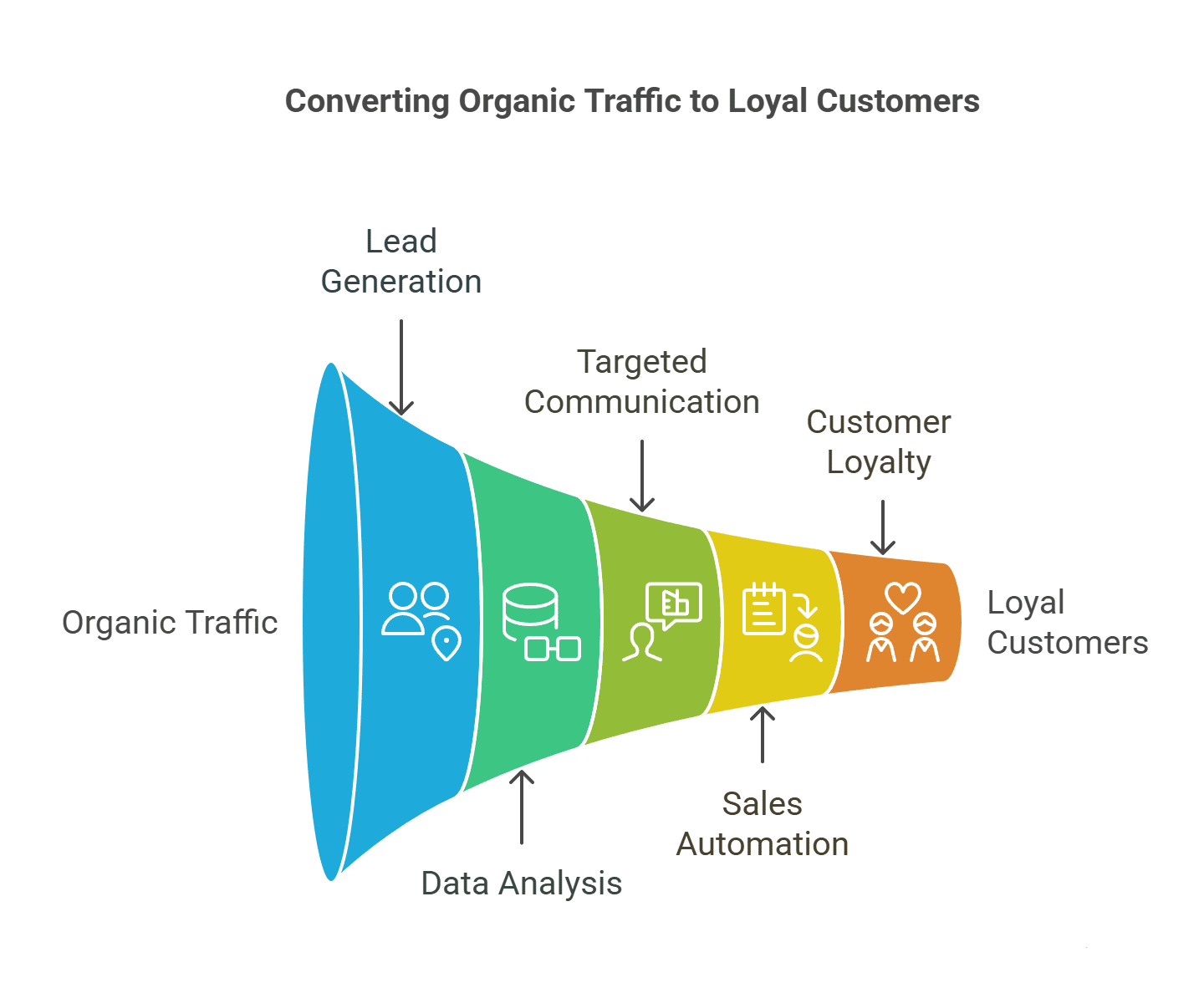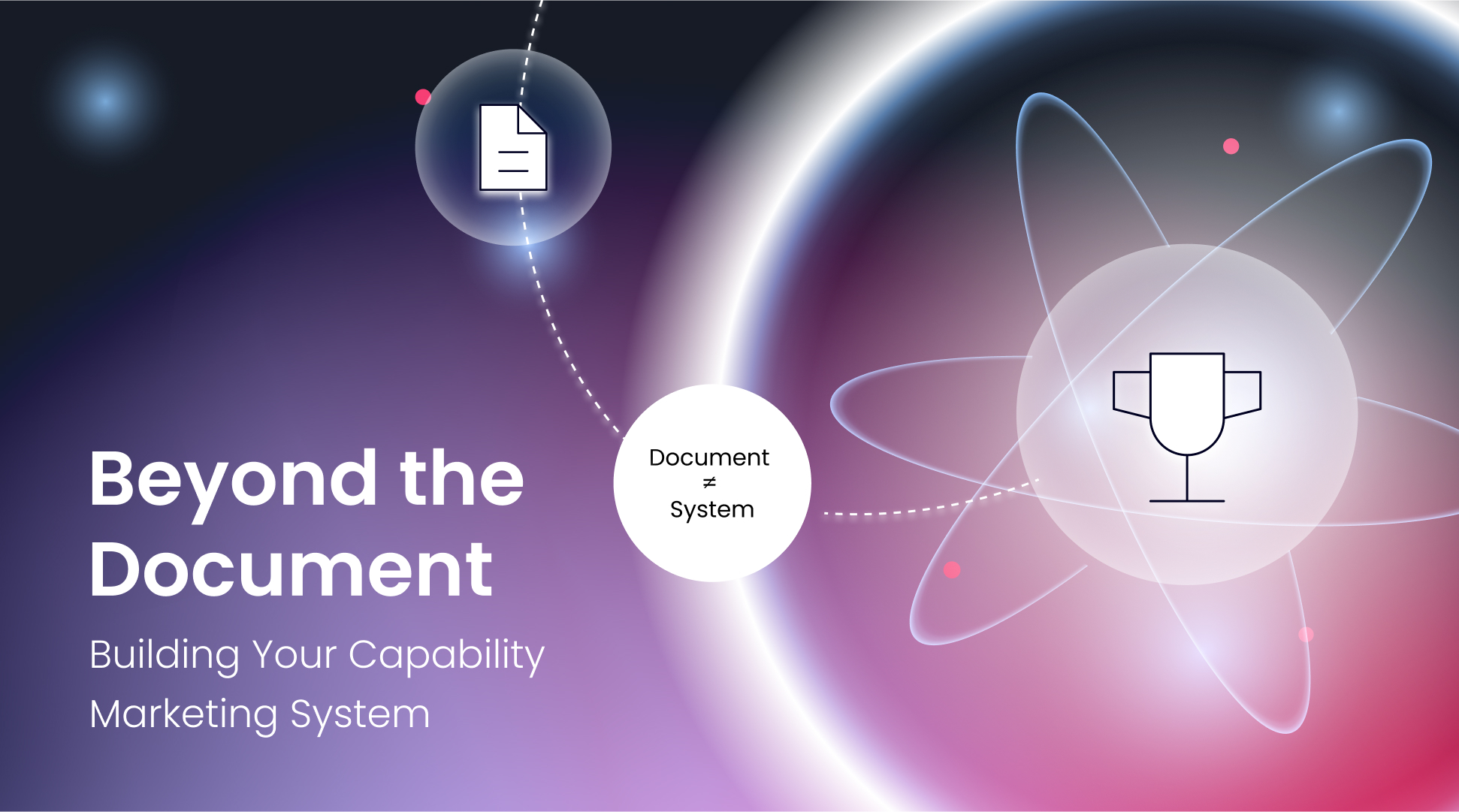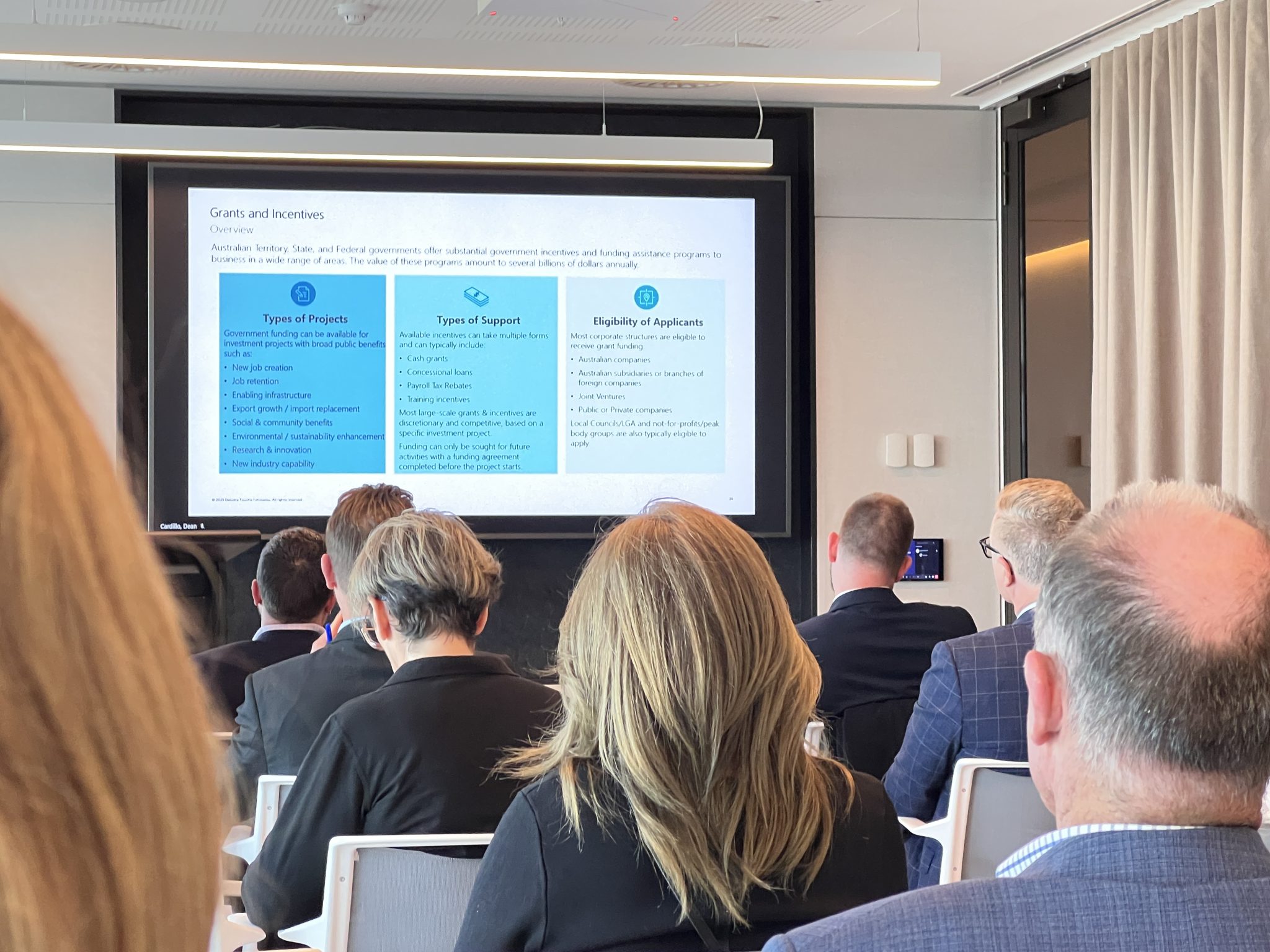Driving traffic to your website is important, but that is only half of the equation—converting your visitors is another half.
Sure, your site could rank for the most competitive and relevant keywords and get a steady flow of organic traffic day in and day out, but that’s irrelevant if those visitors don’t convert into leads or paying customers.
Today, we’ll show you how to complete the equation using two vital elements: Search Engine Optimisation (SEO) and Customer Relationship Management (CRM).And when these two forces are unified within an easy-to-use and insightful platform like HubSpot, the results can truly help grow your business.
Why SEO and CRM Go Hand-in-Hand
Imagine your website as a physical store. SEO is like strategically placing your store in a high-foot-traffic location and ensuring your storefront is inviting so people walk in. But once they’re inside, what happens?
Do you have a system to understand who they are, what they’re looking for, and how to guide them towards picking up an item and buying it? That’s where your CRM comes in.
HubSpot is primarily a CRM, but it is an integrated platform that essentially combines the prime location and attractive storefront with a sophisticated in-store customer service and sales system.
The result? People who walk in merely interested in a display or item find themselves walking out of your store with a bought product in hand.
The Power of HubSpot’s Integrated Platform
Unlike other CRM platforms (which are merely collections of different tools), HubSpot is a cohesive ecosystem that seamlessly aligns your marketing and sales efforts.
Say a potential customer finds your website through a blog post optimised for a specific keyword. Without an integrated system, this visitor might browse anonymously, and you’d have no way of knowing who they are or what brought them there. However, with HubSpot, as soon as they interact with a form, download a resource, or read your content, their information is captured within the CRM.
This integration offers several advantages. Firstly, streamlined data and reporting offer a holistic view of your customer journey, from their initial website visit to their final purchase and beyond. You can see which organic keywords drive the most valuable leads and understand how those leads progress through your sales pipeline.
Secondly, improved marketing and sales alignment ensures both teams work with the same information and towards the same goals. Marketing can provide sales with qualified leads enriched with valuable context about their website activity, while sales can provide feedback to marketing on which types of leads convert best.
Finally, this SEO-CRM integration through Hubspot leads to an enhanced customer experience. When you understand a prospect and how they interact with your website and content, you can personalise your communication and provide them with the most relevant information at the right time.
You can reap the full benefits of this integrated platform when you work with a Hubspot Partner who knows the ins and outs of this platform to point your business in the right direction. But we have more insights below to give you more ideas on how to use Hubspot to turn organic traffic into leads and, eventually, loyal customers.
Leveraging HubSpot’s SEO Tools to Attract Organic Traffic
HubSpot offers a suite of SEO tools to help you attract the right kind of visitors to your website. Let’s say you’re an Australian startup selling eco-friendly coffee makers.
HubSpot’s content creation and optimisation tools can guide you in creating blog posts, landing pages, and website copies that are engaging and optimised for relevant keywords like “sustainable coffee brewing methods” or “best eco-friendly coffee machine.” Hubspot can also help you analyse your content in real-time, providing suggestions on raising its SEO score by incorporating other relevant keywords, improving readability, and adding internal and external links.
Also, HubSpot has keyword research and tracking features that allow you to identify high-potential keywords that your target audience uses when searching. You can track your website’s ranking for these keywords over time and identify opportunities to create new content or optimise existing pages.
For example, you discover that “BPA-free coffee maker” is a popular search term you don’t currently rank well for. This insight can drive your content strategy, leading you to create an expansive guide on the benefits of BPA-free coffee makers and where to source them in Australia, naturally attracting users searching for that specific information.
HubSpot helps with link building and website performance analysis, too. It can highlight areas where your site can be improved for speed and mobile-friendliness—crucial factors for boosting user experience and SEO rankings.
It also helps you identify opportunities to earn valuable backlinks from other reputable websites. Say you publish a comprehensive guide on ethical sourcing in the coffee industry. HubSpot can point
you to industry blogs or news outlets that might be interested in linking to your resource, boosting your website’s authority.
Converting Organic Traffic into Leads with HubSpot

Again, attracting visitors is just the first step—converting them into leads is the next, more impactful step. HubSpot helps with that by providing tools to capture the information of your organic traffic so you can better understand and serve them.
Let’s use the same example above and say a visitor lands on your blog post about sustainable coffee brewing. Within that blog post, you can offer a valuable resource, like a free e-book on “The Ultimate Guide to Eco-Friendly Coffee,” in exchange for their email address and other relevant information they can input on a HubSpot form embedded directly on the page or a dedicated landing page.
Once you capture a lead, lead segmentation becomes crucial. HubSpot allows you to categorise leads based on their website activity, the pages they visited, the content they downloaded, and the information they inputted in forms.
For instance, someone who downloaded your e-book on sustainable brewing is likely more interested in the environmental aspects of coffee than someone who only visited your product page for a basic coffee maker.
With this lead segmentation, you can adjust your communication and send more relevant content to each group.
What about lead nurturing? HubSpot can facilitate that through automated workflows and email marketing. Let’s use the person who downloaded your e-book as an example. You can set up an automated workflow in HubSpot to send them a series of emails over the next few days, offering more information about your eco-friendly coffee makers, sharing client testimonials on sustainability or providing a special discount on their first purchase.
This personalised and timely communication keeps your brand top-of-mind and guides them down the sales funnel.
Turning Leads into Paying Customers with HubSpot CRM
The leads you generate from organic traffic can be managed within HubSpot CRM, providing your sales team with valuable context. They can see the pages the lead visited, the content they interacted with, and their engagement with your marketing emails.
This rich data enables targeted communication. Instead of a generic sales pitch, your team can tailor their conversations to address the specific interests and needs that the lead has demonstrated through their online behaviour.
For example, knowing a lead downloaded your guide on ethical sourcing allows a salesperson to highlight the fair-trade aspects of your coffee beans during their follow-up call.
HubSpot’s sales automation features further streamline the process of turning leads into customers. You can set up deal stages, automate tasks, and create email sequences to
ensure timely follow-ups and consistent communication. For example, imagine a lead moves from the “Marketing Qualified Lead” stage to the “Sales Qualified Lead” stage. HubSpot can automatically trigger a notification for a salesperson and create a follow-up task, ensuring no lead falls through the cracks.
Crucially, HubSpot also helps build long-term loyalty. Once a lead becomes a customer, their interaction history remains within the CRM.
This allows your support team to have a complete picture of the buyer’s journey, enabling them to provide more efficient and personalised assistance. Happy customers are more likely to become repeat customers and even brand advocates, further fueling your growth.
Measuring Success and Optimising Your Strategy
How do you know if your efforts to leverage Hubspot to turn organic traffic into paying customers work? Thankfully, Hubspot can help you measure your success.
HubSpot’s robust reporting and analytics tools are essential for understanding what’s working and where there’s room for improvement. You can track key metrics like organic traffic growth, lead generation rates from organic channels, conversion rates from leads to customers, and the ROI of your SEO and CRM efforts.
For instance, you notice a significant increase in organic traffic to a specific blog post but a low lead conversion rate on that page. This insight tells you that while your content is valuable and attracts the right audience, you might need to optimise the call-to-action or the lead capture form on that page to convert the readers.
By continuously monitoring key metrics and analysing the data within HubSpot, you can gain valuable insights into your customer journey and specify opportunities to refine your strategy on content creation, keyword research and other SEO aspects.
More Tips for SEO-CRM Success
- Align your content strategy with your sales goals: Let your marketing and sales teams collaborate. That way, you can focus on identifying and creating content that attracts leads who are likely to become your ideal customers.
- Use HubSpot’s lead scoring tool to prioritise your hottest leads: Hubspot can automate assigning scores or values to different leads. Focus your sales efforts on the leads who show the most engagement and are most likely to convert.
- Personalise your communication at every touchpoint: Leverage the data in HubSpot to tailor your messaging to each lead and existing customer. This is one of the best ways to foster relationships and build strong brand advocates.
- Analyse your data and iterate on your strategy regularly: As SEO and CRM meet in your Hubspot platform, it becomes a rich source of data. Plus, the digital landscape is constantly evolving, so continuous optimisation is vital.
Summing It Up
The integration of SEO and CRM within HubSpot offers a powerful advantage in turning valuable organic traffic into loyal paying customers.
Knowing how to leverage HubSpot’s comprehensive suite of tools can help you attract the right audience, nurture them effectively, provide personalised experiences, and ultimately drive sustainable business growth.
More importantly, you can create a seamless journey from the moment someone discovers your website to the point they become a happy, long-term customer.
So, take the first step, align your SEO and CRM efforts within HubSpot, and watch your organic traffic transform into a valuable engine for revenue generation.





